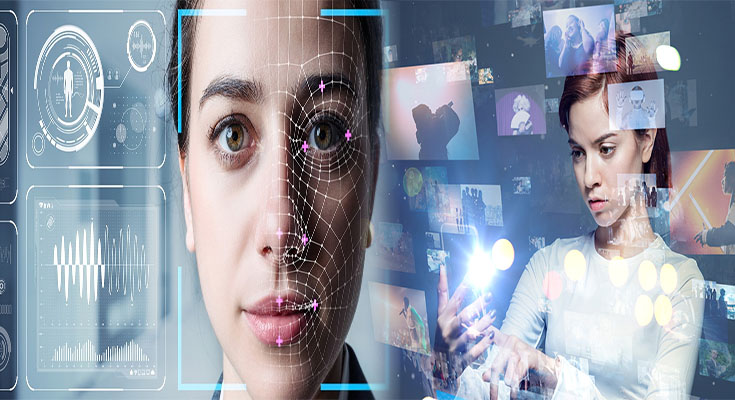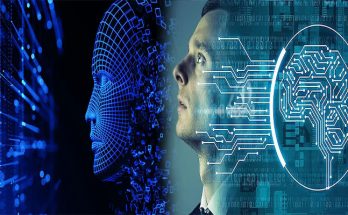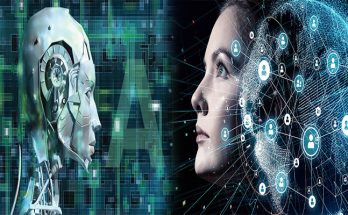In the realm of artificial intelligence (AI) and machine learning, the quest to develop machines that can comprehend human emotions and intentions has been a fascination and a challenge. Understanding human emotions and intentions involves a nuanced interplay of cognitive processes, social cues, and contextual awareness. As researchers and developers continue to explore this frontier, advancements in AI technologies are paving the way for machines to potentially grasp these complex human aspects. Let’s delve into how machines could potentially understand human emotions and intentions.
Emotion Recognition Through Data
One avenue through which machines could understand human emotions is through emotion recognition technology. By analyzing various data sources such as facial expressions, voice tone, text sentiment, and physiological signals, AI models can be trained to identify and interpret different emotional states. These models leverage deep learning techniques and algorithms to recognize patterns and infer underlying emotions based on the available data.
Natural Language Processing for Intent Inference
Natural language processing (NLP) plays a crucial role in deciphering human intentions from text and speech. By utilizing techniques such as sentiment analysis, entity recognition, and semantic parsing, NLP models can extract valuable insights about the intentions behind human communication. Through contextual understanding and language comprehension, machines can infer the underlying motives and goals behind human expressions.
Behavioral Analytics and Contextual Understanding
Understanding human emotions and intentions goes beyond language and data analysis—it also involves behavioral analytics and contextual understanding. By observing human interactions, social dynamics, and environmental cues, machines can gain insights into the emotional states and intentions of individuals. Contextual information, such as situational factors and historical context, enables machines to make more accurate assessments of human emotions and intentions.
Multimodal Fusion and Integration
To achieve a more comprehensive understanding of human emotions and intentions, multimodal fusion and integration are essential. This approach combines data from multiple sources, such as text, speech, images, and sensor data, to create a holistic view of human cognition and behavior. By integrating information from diverse modalities, machines can capture the complexity and richness of human emotions and intentions more effectively.
Ethical Considerations and Privacy Concerns
The development of machines that understand human emotions and intentions raises important ethical considerations and privacy concerns. As AI technologies become more adept at interpreting human emotions, questions arise about consent, data privacy, and the potential misuse of emotional intelligence. Safeguarding user data, ensuring transparency in AI decision-making, and respecting individual boundaries are critical aspects of building ethically sound systems.
The Future of Understanding Human Emotions and Intentions
While the journey towards machines understanding human emotions and intentions is ongoing, the possibilities are vast and transformative. From enhancing human-machine interactions and personalizing services to advancing mental health support and empathetic AI assistants, the implications of emotionally intelligent machines are profound. As researchers and technologists continue to push the boundaries of AI, the convergence of data-driven insights, contextual understanding, and ethical frameworks will shape a future where machines truly comprehend and empathize with human emotions and intentions.
The fusion of AI technologies with human emotional intelligence holds immense promise for a future where machines can empathize, interpret, and respond to human emotions and intentions in a meaningful and empathetic manner. By embracing innovation responsibly and ethically, we have the potential to unlock a new era of AI-driven interactions that cater to the diverse emotional landscapes of humanity.





